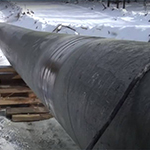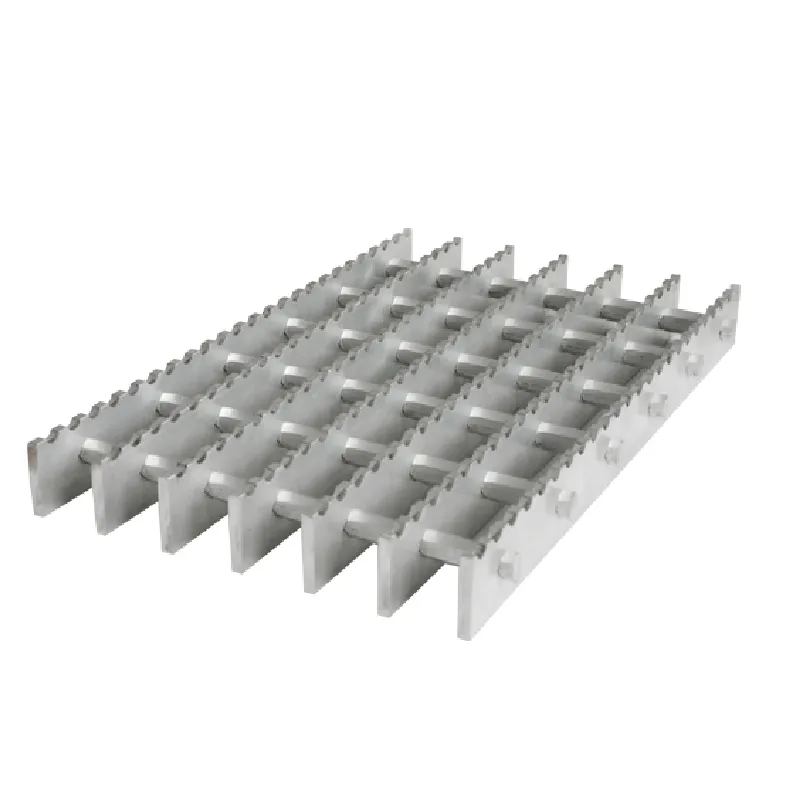- Industrial zone, South of Anping Town, Hengshui, Hebei, China.
- sales@hfpetromesh.com
- +86-18931809706
 Afrikaans
Afrikaans  Albanian
Albanian  Amharic
Amharic  Arabic
Arabic  Armenian
Armenian  Azerbaijani
Azerbaijani  Basque
Basque  Belarusian
Belarusian  Bengali
Bengali  Bosnian
Bosnian  Bulgarian
Bulgarian  Catalan
Catalan  Cebuano
Cebuano  Corsican
Corsican  Croatian
Croatian  Czech
Czech  Danish
Danish  Dutch
Dutch  English
English  Esperanto
Esperanto  Estonian
Estonian  Finnish
Finnish  French
French  Frisian
Frisian  Galician
Galician  Georgian
Georgian  German
German  Greek
Greek  Gujarati
Gujarati  Haitian Creole
Haitian Creole  hausa
hausa  hawaiian
hawaiian  Hebrew
Hebrew  Hindi
Hindi  Miao
Miao  Hungarian
Hungarian  Icelandic
Icelandic  igbo
igbo  Indonesian
Indonesian  irish
irish  Italian
Italian  Japanese
Japanese  Javanese
Javanese  Kannada
Kannada  kazakh
kazakh  Khmer
Khmer  Rwandese
Rwandese  Korean
Korean  Kurdish
Kurdish  Kyrgyz
Kyrgyz  Lao
Lao  Latin
Latin  Latvian
Latvian  Lithuanian
Lithuanian  Luxembourgish
Luxembourgish  Macedonian
Macedonian  Malgashi
Malgashi  Malay
Malay  Malayalam
Malayalam  Maltese
Maltese  Maori
Maori  Marathi
Marathi  Mongolian
Mongolian  Myanmar
Myanmar  Nepali
Nepali  Norwegian
Norwegian  Norwegian
Norwegian  Occitan
Occitan  Pashto
Pashto  Persian
Persian  Polish
Polish  Portuguese
Portuguese  Punjabi
Punjabi  Romanian
Romanian  Russian
Russian  Samoan
Samoan  Scottish Gaelic
Scottish Gaelic  Serbian
Serbian  Sesotho
Sesotho  Shona
Shona  Sindhi
Sindhi  Sinhala
Sinhala  Slovak
Slovak  Slovenian
Slovenian  Somali
Somali  Spanish
Spanish  Sundanese
Sundanese  Swahili
Swahili  Swedish
Swedish  Tagalog
Tagalog  Tajik
Tajik  Tamil
Tamil  Tatar
Tatar  Telugu
Telugu  Thai
Thai  Turkish
Turkish  Turkmen
Turkmen  Ukrainian
Ukrainian  Urdu
Urdu  Uighur
Uighur  Uzbek
Uzbek  Vietnamese
Vietnamese  Welsh
Welsh  Bantu
Bantu  Yiddish
Yiddish  Yoruba
Yoruba  Zulu
Zulu
- Afrikaans
- Albanian
- Amharic
- Arabic
- Armenian
- Azerbaijani
- Basque
- Belarusian
- Bengali
- Bosnian
- Bulgarian
- Catalan
- Cebuano
- Corsican
- Croatian
- Czech
- Danish
- Dutch
- English
- Esperanto
- Estonian
- Finnish
- French
- Frisian
- Galician
- Georgian
- German
- Greek
- Gujarati
- Haitian Creole
- hausa
- hawaiian
- Hebrew
- Hindi
- Miao
- Hungarian
- Icelandic
- igbo
- Indonesian
- irish
- Italian
- Japanese
- Javanese
- Kannada
- kazakh
- Khmer
- Rwandese
- Korean
- Kurdish
- Kyrgyz
- Lao
- Latin
- Latvian
- Lithuanian
- Luxembourgish
- Macedonian
- Malgashi
- Malay
- Malayalam
- Maltese
- Maori
- Marathi
- Mongolian
- Myanmar
- Nepali
- Norwegian
- Norwegian
- Occitan
- Pashto
- Persian
- Polish
- Portuguese
- Punjabi
- Romanian
- Russian
- Samoan
- Scottish Gaelic
- Serbian
- Sesotho
- Shona
- Sindhi
- Sinhala
- Slovak
- Slovenian
- Somali
- Spanish
- Sundanese
- Swahili
- Swedish
- Tagalog
- Tajik
- Tamil
- Tatar
- Telugu
- Thai
- Turkish
- Turkmen
- Ukrainian
- Urdu
- Uighur
- Uzbek
- Vietnamese
- Welsh
- Bantu
- Yiddish
- Yoruba
- Zulu
Sau . 20, 2025 13:43
Back to list
Steel Grating
Aluminum grating is a material of choice across numerous industries thanks to its remarkable properties such as corrosion resistance, lightweight construction, and high strength-to-weight ratio. This versatile component can be found in a myriad of applications, from industrial flooring to architectural facades. With the growing demand for more efficient and sustainable building materials, understanding the specifications of aluminum grating becomes essential for architects, engineers, and project managers alike.
For those requiring specific environmental considerations, aluminum grating's corrosion resistance makes it a prime candidate, particularly in settings exposed to moisture or harsh chemicals. Its natural oxide layer acts as a protective barrier, significantly reducing the degradation experienced by other metals such as steel. Moreover, the choice of alloy can further tailor this resistance, with certain aluminum grades offering enhanced protection even in the most aggressive environments. When considering finish and aesthetic, manufacturers often provide several options, including mill finish, anodized, or powder-coated surfaces. Anodizing not only increases corrosion resistance but also allows for a range of colors to match design requirements. Powder coating adds an additional protective layer, enhancing durability while providing a polished, consistent appearance. Traceability and compliance with industry standards such as the American National Standards Institute (ANSI) or the Occupational Safety and Health Administration (OSHA) are also crucial in ensuring that aluminum grating meets required safety and performance levels. Documentation and certification from manufacturers provide assurance of quality and adherence to relevant guidelines. Understanding aluminum grating specifications requires both technical insight and practical consideration. Whether it’s ensuring the correct load bearing capacity, selecting the appropriate spacing for a specific application, or choosing the right finishing process, each decision contributes significantly to the success of a project. Engaging with experts and leveraging comprehensive data allows for informed choices that merge functionality with aesthetics, delivering solutions that are both efficient and visually pleasing. With its robust characteristics and customizable features, aluminum grating remains an authoritative choice for those seeking reliability and performance in their construction or renovation ventures.


For those requiring specific environmental considerations, aluminum grating's corrosion resistance makes it a prime candidate, particularly in settings exposed to moisture or harsh chemicals. Its natural oxide layer acts as a protective barrier, significantly reducing the degradation experienced by other metals such as steel. Moreover, the choice of alloy can further tailor this resistance, with certain aluminum grades offering enhanced protection even in the most aggressive environments. When considering finish and aesthetic, manufacturers often provide several options, including mill finish, anodized, or powder-coated surfaces. Anodizing not only increases corrosion resistance but also allows for a range of colors to match design requirements. Powder coating adds an additional protective layer, enhancing durability while providing a polished, consistent appearance. Traceability and compliance with industry standards such as the American National Standards Institute (ANSI) or the Occupational Safety and Health Administration (OSHA) are also crucial in ensuring that aluminum grating meets required safety and performance levels. Documentation and certification from manufacturers provide assurance of quality and adherence to relevant guidelines. Understanding aluminum grating specifications requires both technical insight and practical consideration. Whether it’s ensuring the correct load bearing capacity, selecting the appropriate spacing for a specific application, or choosing the right finishing process, each decision contributes significantly to the success of a project. Engaging with experts and leveraging comprehensive data allows for informed choices that merge functionality with aesthetics, delivering solutions that are both efficient and visually pleasing. With its robust characteristics and customizable features, aluminum grating remains an authoritative choice for those seeking reliability and performance in their construction or renovation ventures.
Share
Latest news
-
Welded Steel Bar Grating: The Rugged Industrial Flooring Solution Built for Load and LongevityNewsJun.24,2025
-
Steel Walkway Grating: Reliable, Resilient, and Built for Every StepNewsJun.24,2025
-
Shale Shaker Screen for Sale: Optimize Drilling Efficiency with Precision Screening PowerNewsJun.24,2025
-
Shaker Screen for Sale: Elevate Your Drilling Efficiency with Durable Separation SolutionsNewsJun.24,2025
-
Press Locked Steel Grating: Industrial Strength with Precision Fit for Heavy-Duty ApplicationsNewsJun.24,2025
-
Perimeter Safety Netting: The Critical Safety Upgrade for Every HelipadNewsJun.24,2025